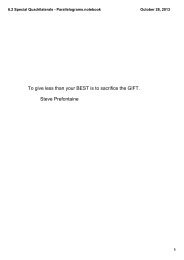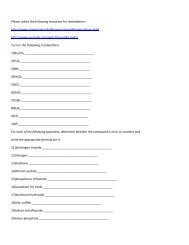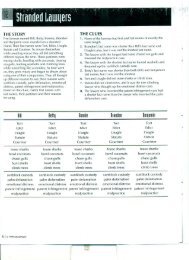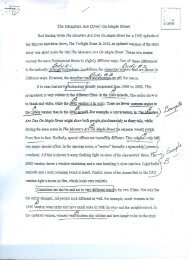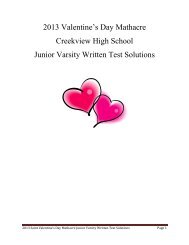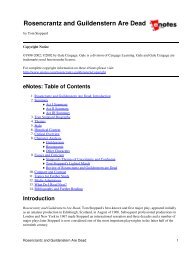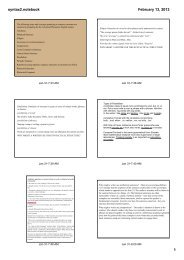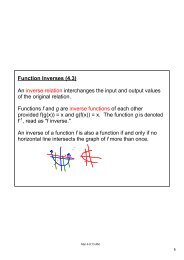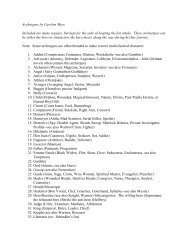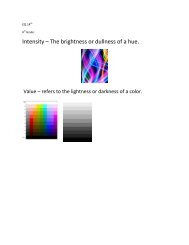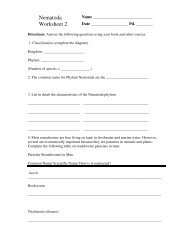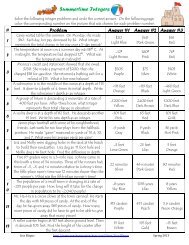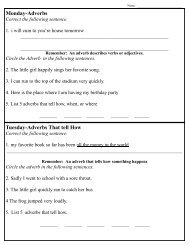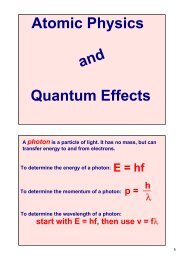Create successful ePaper yourself
Turn your PDF publications into a flip-book with our unique Google optimized e-Paper software.
Copyright © Glencoe/McGraw-Hill, a division of the McGraw-Hill Companies, Inc.<br />
Name Date Class<br />
3<br />
<strong>Study</strong> Guide<br />
Electrical Energy<br />
Directions: Use the terms and statements below to complete the table.<br />
rate at which electrical energy is converted to another form of energy<br />
The current has only one loop to flow through.<br />
kilowatt parallel circuit series circuit<br />
watt insulation to melt a fire<br />
The current has more than one branch.<br />
kW fuses circuit breakers<br />
W Power = current × voltage difference P = I × V<br />
Important Facts About Electric Circuits<br />
1. There are two types of electric circuits.<br />
Two types of circuits:<br />
Definitions of these circuits:<br />
2. A household circuit can contain many appliances.<br />
Too many appliances can cause:<br />
a.<br />
b.<br />
c.<br />
d.<br />
a.<br />
b.<br />
For protection, household circuits<br />
c.<br />
contain: d.<br />
3. The electrical power of a circuit can be measured.<br />
Definition of electrical power: a.<br />
Unit of electrical power:<br />
b. Name:<br />
c. Abbreviation:<br />
d. Term for 1,000 units:<br />
Determining the electrical f. Expression:<br />
power of a circuit: g. Formula:<br />
e. Abbreviation for 1,000 units:<br />
Chapter<br />
7<br />
Electrical Energy 25



